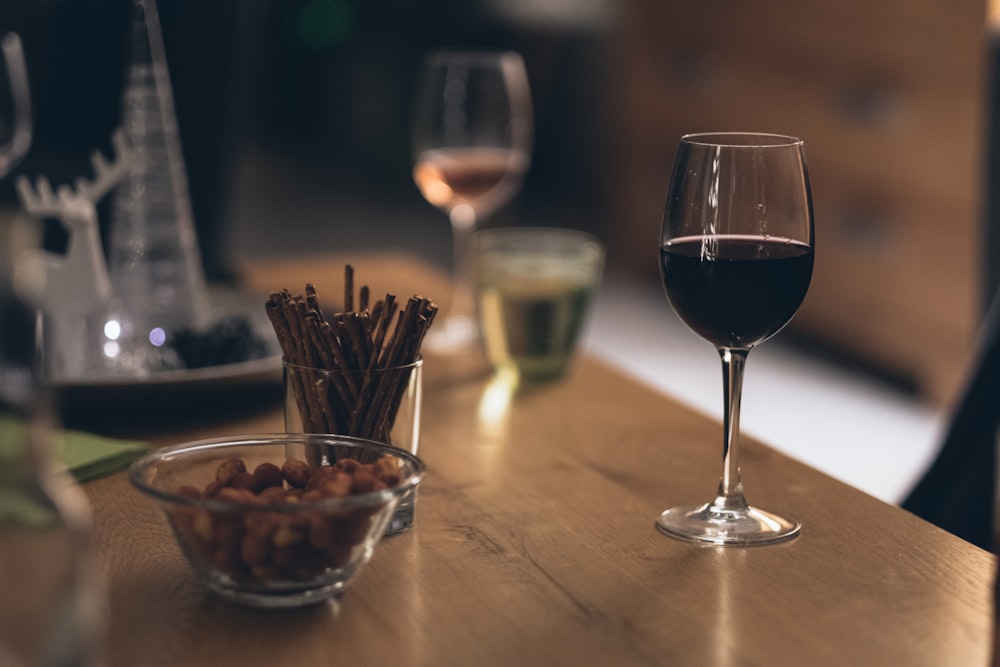Powder Coated Aluminum Fence – How is it Done?
If you’re like me then you’ve realized the durability and elegance of a powder coated aluminum fence, but you’re still curious about how it’s done. I’m a real “how did they do that” kind of guy and I spent some time looking into the process. It’s really very interesting, and complicated, so I’ll try to summarize as best I can and hopefully you will either find this satisfies your curiosity or you feel inspired to do more research yourself. Either way, let us continue.
Preparation is a big factor in the powder coating process, as any foreign debris will ruin the finished product. Cleaning is done through a variety of methods, depending on the manufacturer, and usually depends on the size of the material and the type of debris to be removed. Generally cleaning is done through a chemical or mechanical process. Although chemical processes typically make use of chromates (which is hazardous to the environment), other process have recently been developed that avoid the use of these chemicals.
The cleaning process is intended as a pre-treatment that both removes foreign elements and improves bonding between the powder and the fence material. The application process is what’s really interesting. There are several methods to powder coating, we’ll just cover a few here.
Typically powder coating is applied to metal through the use of an electrostatic gun (or Corona Gun). Basically, the powder is charged positively and then sprayed onto the metal (which is grounded). The charged powder is then sprayed out and then electrostatic charge literally pulls it onto the metal. After the metal is coated it is heated, this melts the powder into a solid protective shell on the metal.
A tribo gun works on essentially the same scientific basis, but its application is different. With a tribo gun, the powder is charged through a process of friction. As the powder is released from the fun, it rubs against a Teflon material that builds a static charge. Once released into the air, it again sticks to the grounded metal.
The process of heating the powder to melting point is called cross linking. The powder melts and then chemically reacts to form an even stronger compound than its original form. This process requires a particular temperature and set amount of time to be successful and create a full bond to the metal.
All in all, an incredible process that’s infinitely useful to the home owner.


